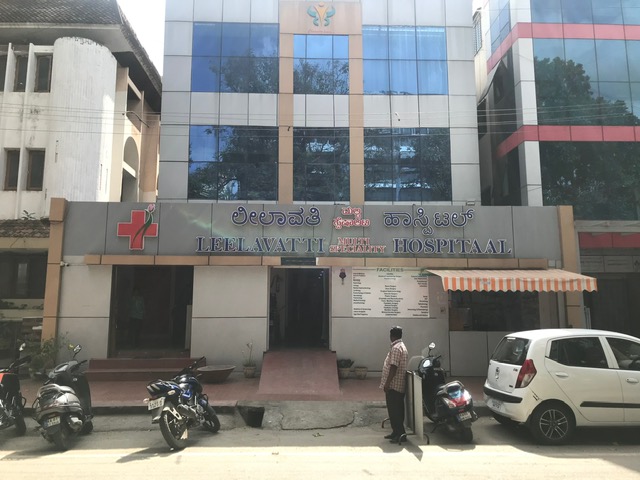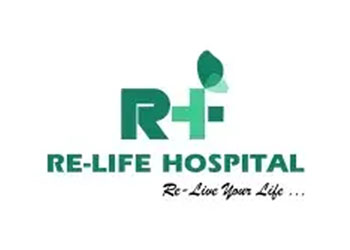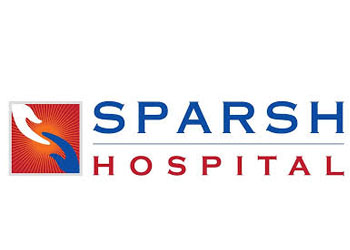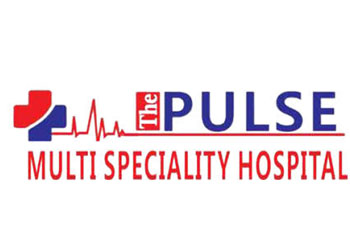Precision Kidney & Urology Care, Designed Around You

A kidney transplant is an operation that places a healthy kidney in your body. During this operation, a healthy kidney from either a living or deceased donor is placed into the recipient’s body to restore the function of the kidney. Prior to transplantation, the recipient and donor (if living) are tested to determine their compatibility for blood type and tissue. In surgery, the new kidney is positioned in the lower part of the abdomen and connected to the blood vessels and bladder. In general, the patient’s own kidneys are left in place unless they are causing problems, such as infection or high blood pressure. Kidney transplants are most suitable for people who have had their kidneys fail and no longer want to rely on lifelong dialysis treatments. It is very well indicated in patients with no relevant comorbidities and who are well enough for surgery and immunosuppressive therapy. The quality of life of the patient is strongly increased by stopping dialysis and reducing dietary restrictions. The majority of transplant recipients lead active, productive lives with postoperative care and lifelong use of immunosuppression. A good kidney transplant not just prolongs life but also improves quality of life.

Robotic prostatectomy is a minimally invasive surgical procedure used to remove the prostate gland in men diagnosed with localised prostate cancer. This advanced surgery is performed using robotic-assisted technology, allowing for extreme precision, smaller incisions, and faster recovery. The procedure begins with a few tiny incisions in the abdomen through which robotic instruments and a high-definition 3D camera are inserted. The surgeon, seated at a console, controls the robotic arms to remove the prostate gland and surrounding tissues with high accuracy. The technique minimises bleeding and preserves delicate structures responsible for urinary control and sexual function. This approach is ideal for men with early-stage prostate cancer that hasn’t spread beyond the gland. It’s especially suitable for patients seeking quicker recovery times, less post-operative discomfort, and reduced risk of complications compared to open surgery. Robotic prostatectomy offers several benefits: enhanced surgical precision, lower blood loss, shorter hospital stays, and a faster return to normal activities. The improved visualisation also allows better nerve-sparing techniques, which support better functional outcomes. With proper follow-up and monitoring, this treatment significantly reduces the risk of cancer recurrence while ensuring optimal quality of life after surgery.
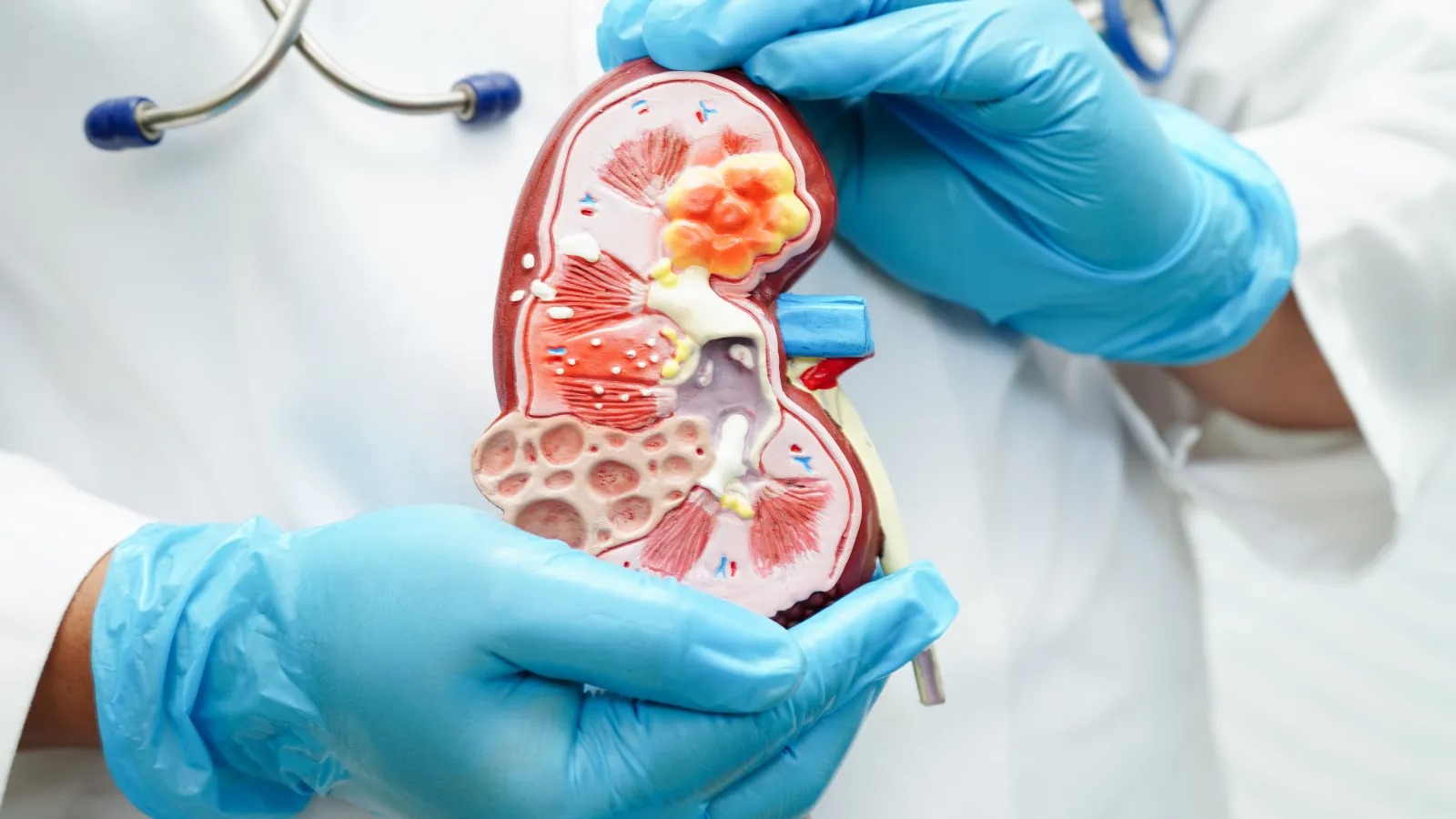
Safe and Effective Kidney Surgery Nephrectomy is the surgical removal of one (or both) kidneys and is typically recommended for patients with kidney cancer, severe trauma, or non-functioning kidneys causing chronic infections or high blood pressure. Depending on the condition, the surgery can be partial (removing part of the kidney) or radical (removing the entire kidney). The surgery can be performed using traditional open techniques or minimally invasive methods such as laparoscopic or robotic-assisted surgery. During a laparoscopic nephrectomy, small incisions are made, and specialised tools are used to remove the kidney with minimal trauma to surrounding tissues. The recovery time is generally faster with minimally invasive approaches. Candidates include individuals with localised kidney tumours, inherited kidney diseases like polycystic kidney disease, or severely damaged kidneys. It’s also done in living kidney donors during transplantation. This procedure helps eliminate cancer, reduce infection risks, or improve blood pressure control in non-functioning kidneys. For donors, nephrectomy enables life-saving kidney transplants for recipients. Most patients with one healthy remaining kidney continue to live normal lives with no restrictions.

Arteriovenous (AV) fistula surgery is a procedure that creates a direct connection between an artery and a vein in the arm to facilitate hemodialysis. This access point allows for efficient blood flow during dialysis and is considered the gold standard for long-term dialysis treatment. The procedure is typically performed under local anaesthesia. A surgeon connects an artery and a vein (usually in the forearm or upper arm), allowing the vein to enlarge and strengthen over several weeks. This maturation process enables the vein to handle the repeated needle insertions and high blood flow required for dialysis. Ideal candidates are individuals with chronic kidney disease (CKD) approaching end-stage renal failure who need regular dialysis. An AV fistula is usually created weeks before dialysis begins to allow for proper healing and function. Compared to other access options like catheters or grafts, AV fistulas have lower infection rates, longer lifespans, and better dialysis performance. They are less likely to clot and provide consistent access for the blood purification process. This surgery plays a vital role in improving dialysis efficiency, reducing complications, and ensuring patient safety. With proper care, AV fistulas can last for years and significantly improve the quality of life for patients requiring long-term dialysis.

Holmium Laser Enucleation of the Prostate (HoLEP) is a minimally invasive surgical treatment for men with Benign Prostatic Hyperplasia (BPH), a condition where the prostate gland enlarges and obstructs urine flow. HoLEP is considered one of the most effective and long-lasting treatments for moderate to severe cases. The procedure is performed under anaesthesia using a thin instrument inserted through the urethra. A high-powered holmium laser is used to remove excess prostate tissue that is blocking urine flow. The tissue is then pushed into the bladder and removed using a specialised device called a morcellator. HoLEP is ideal for men experiencing urinary symptoms such as frequent urination, incomplete bladder emptying, weak stream, or nighttime urination that doesn’t respond well to medication. It’s suitable for men with large prostate volumes and those on blood thinners. Benefits include immediate relief of symptoms, low bleeding risk, no external incisions, and quicker recovery compared to traditional surgery. It also preserves sexual function and has a lower chance of reoperation. Most patients return to regular activity within a week.
Hospital
Leelavathi Multispeciality Hospital
Urology & Nephrology
N0 7,2nd main road , Chamarajpet
- Bangalore, Karnataka
-
Timings:
24/7 Service
PULSE MULTI SPECIALITY HOSPITAL
Urology & Nephrology
NO/5/8/1 ,50 FEET ROAD MUNESHWARA BLOCK GIRINGAR, BANGALORE.
- Bangalore, Karnataka
-
Timings:
24/7 Service





